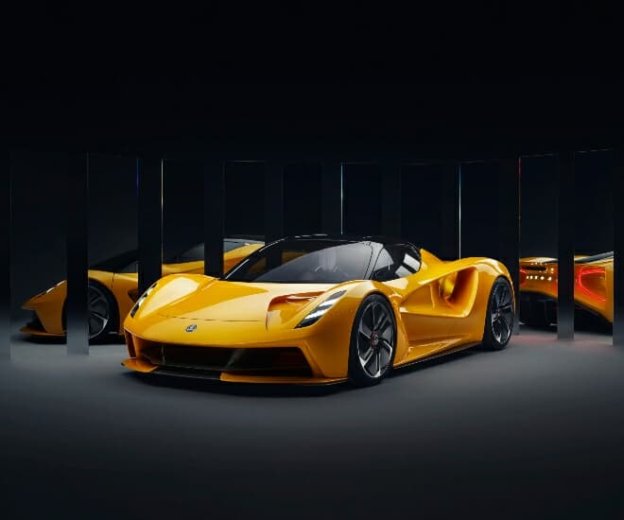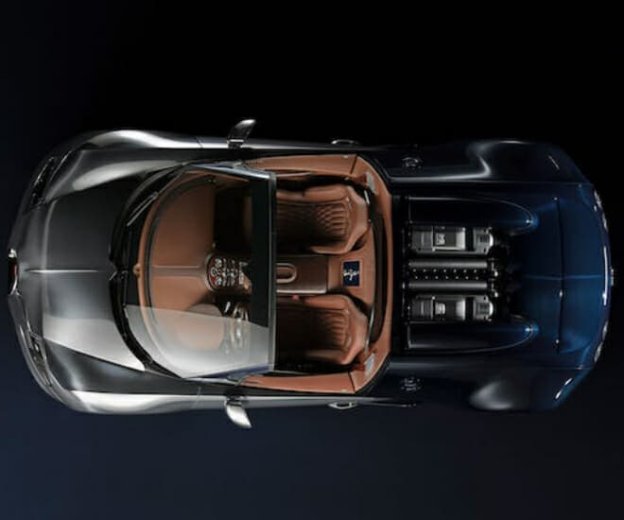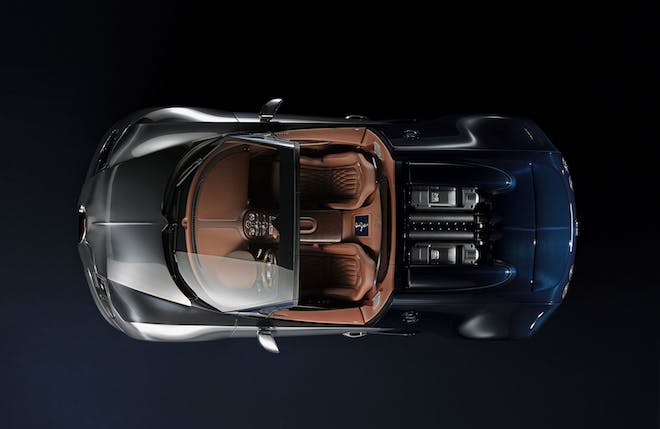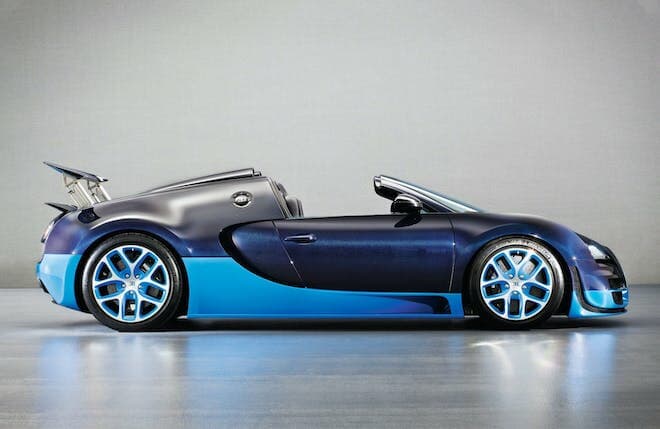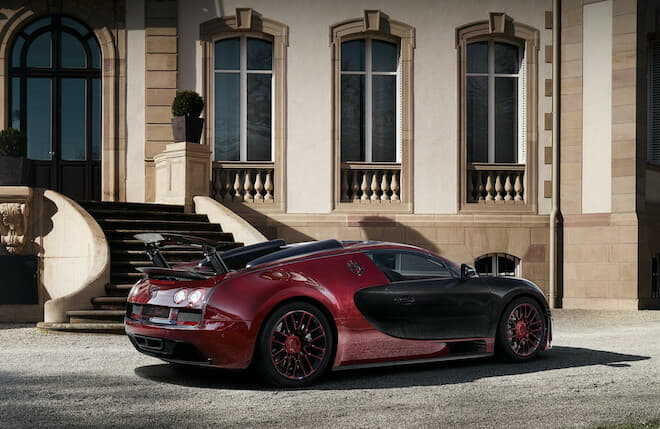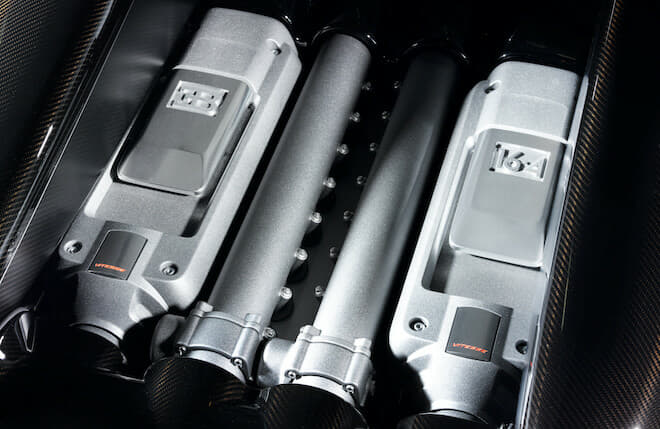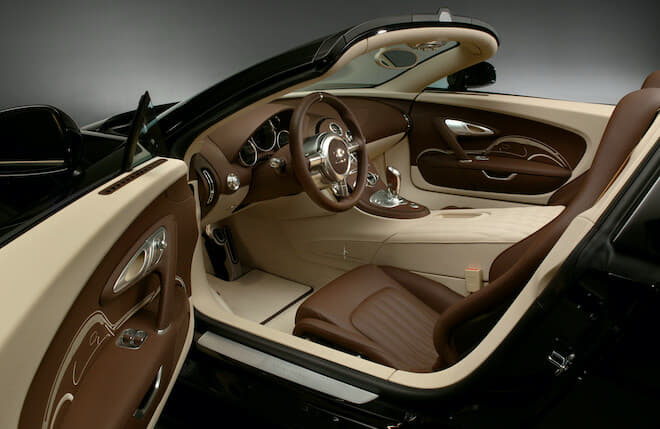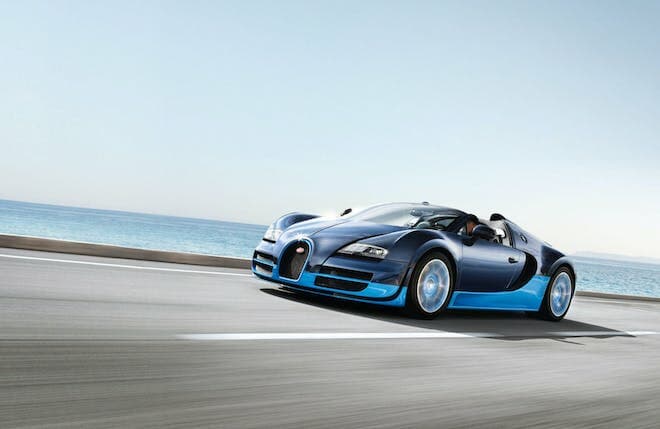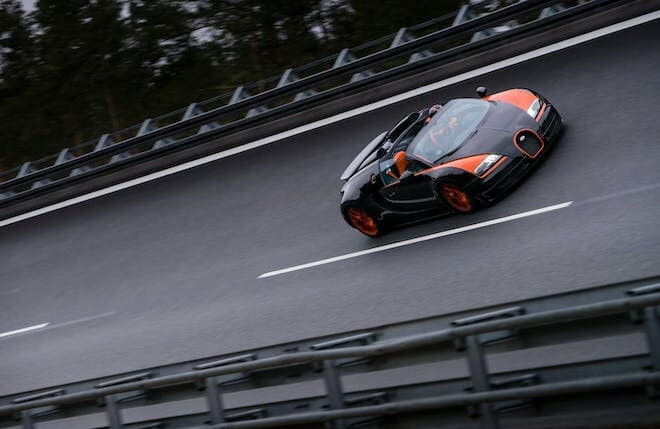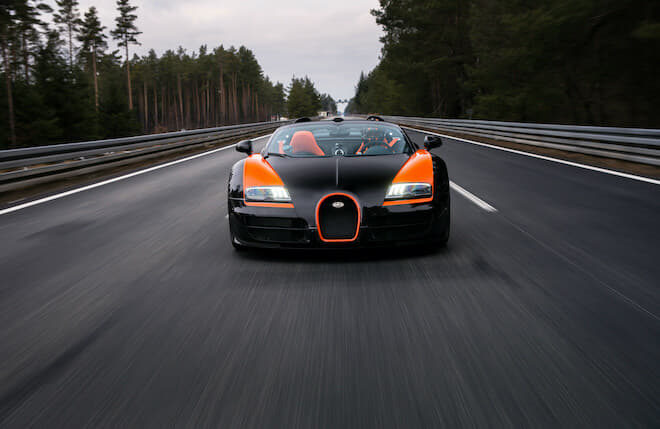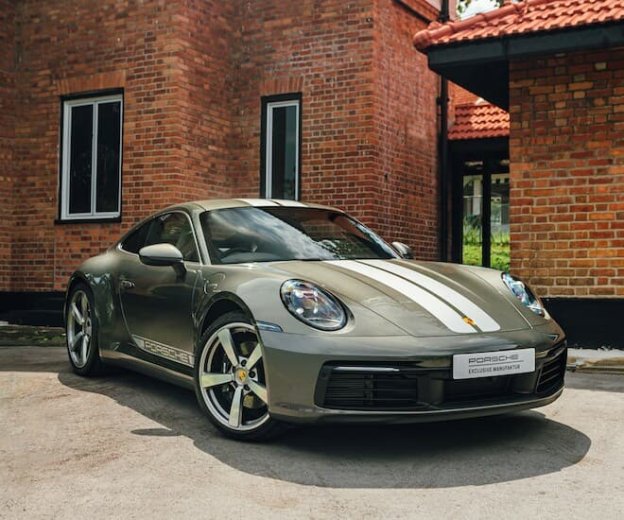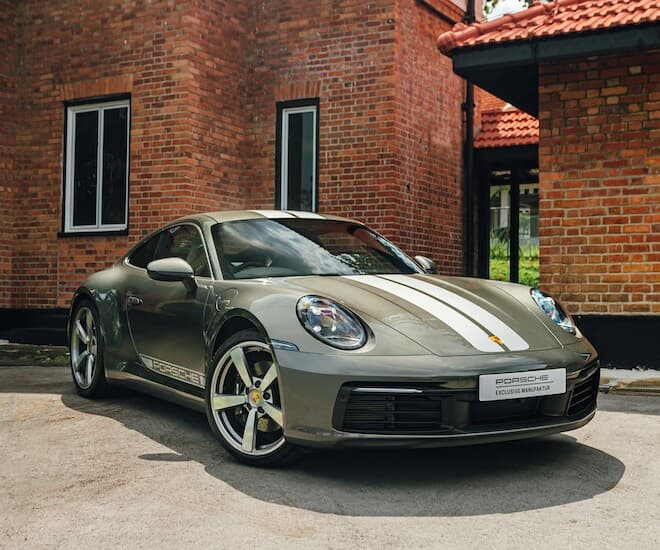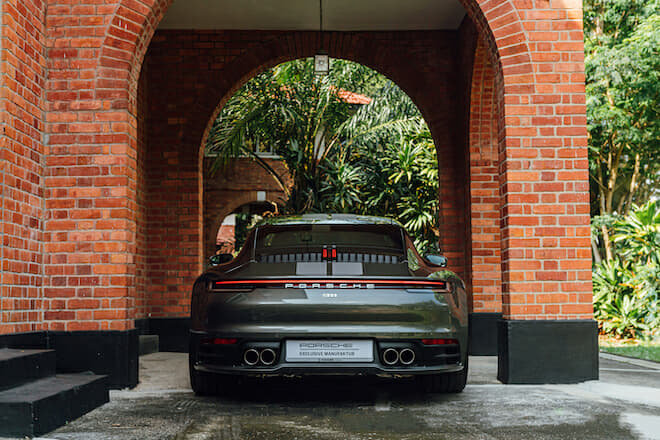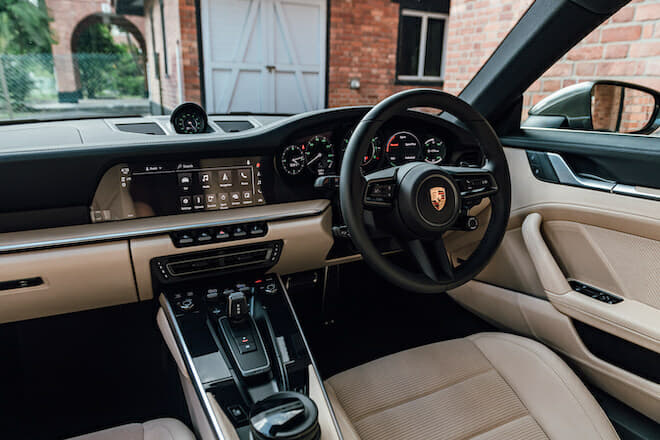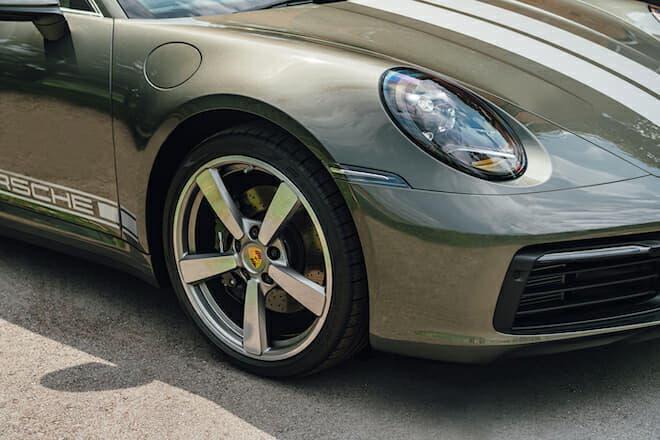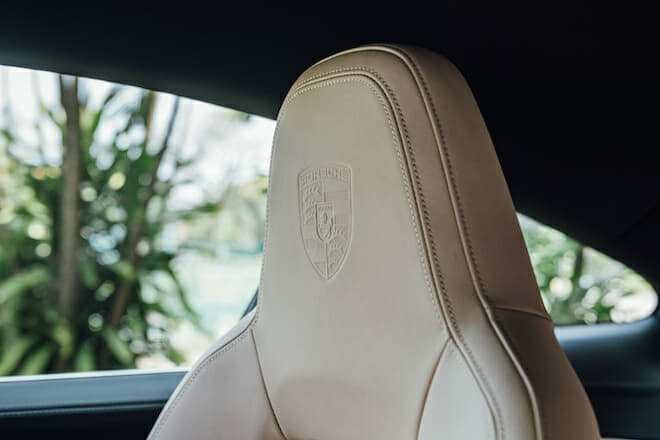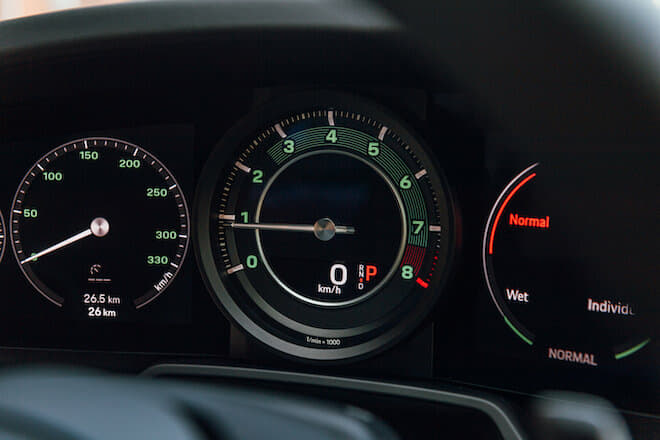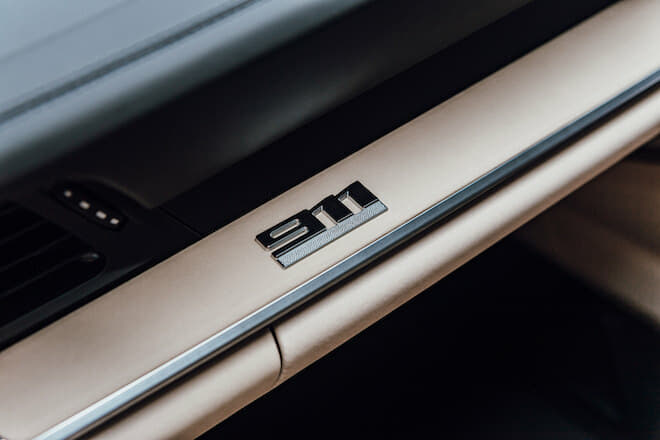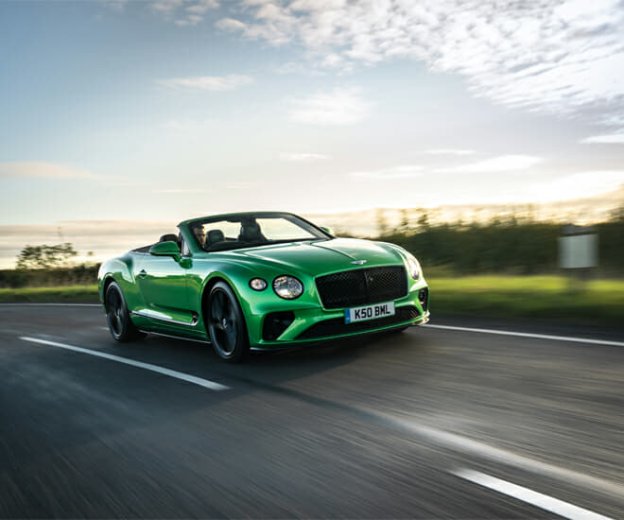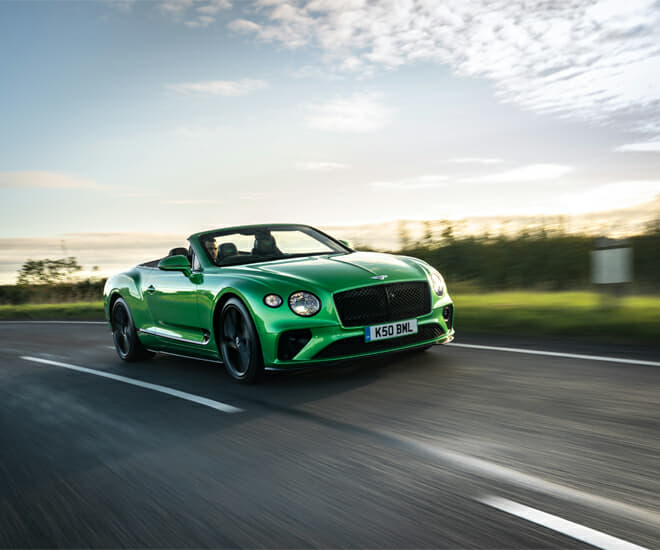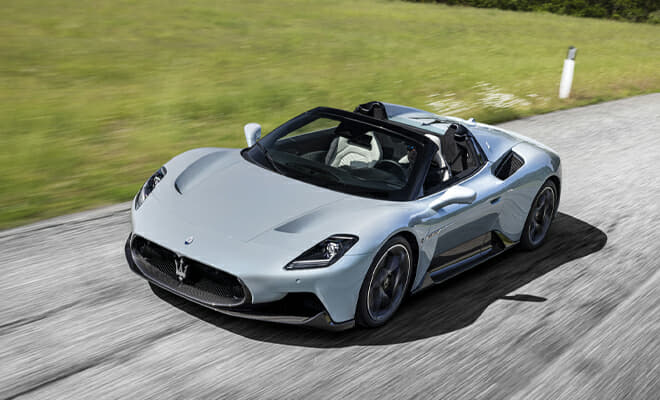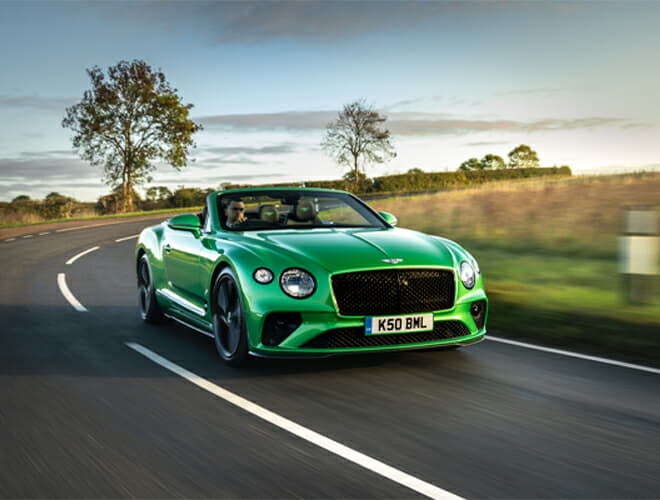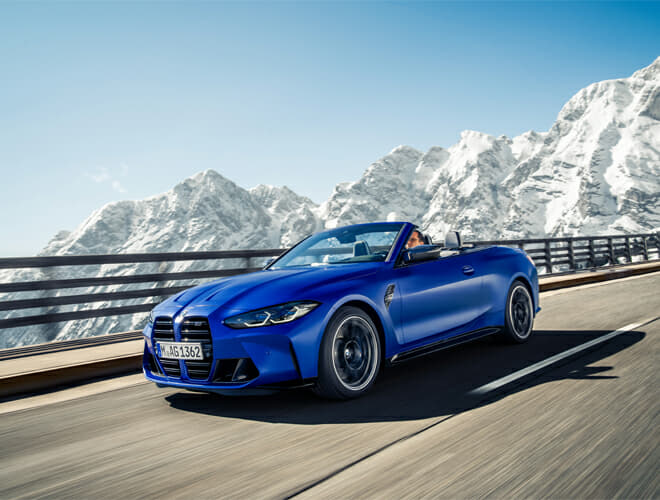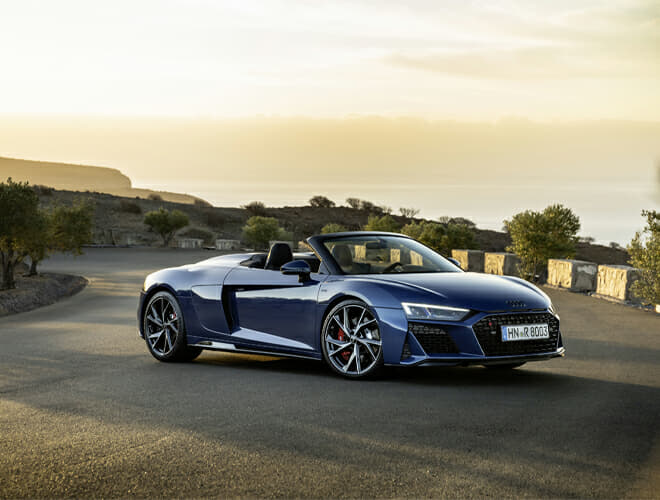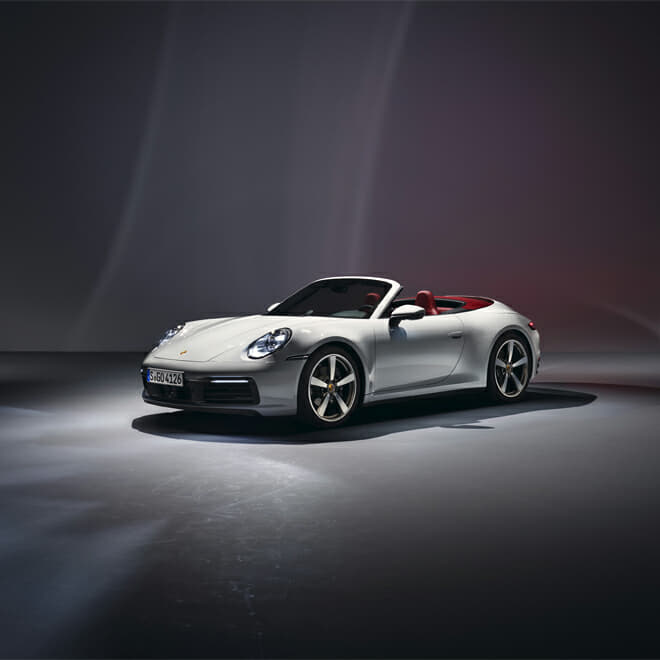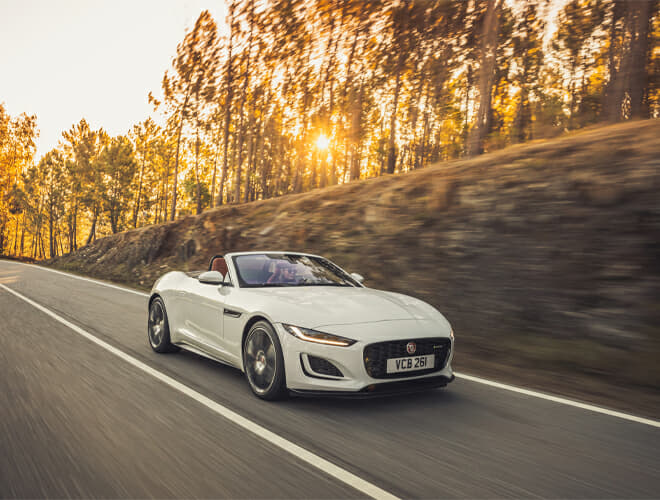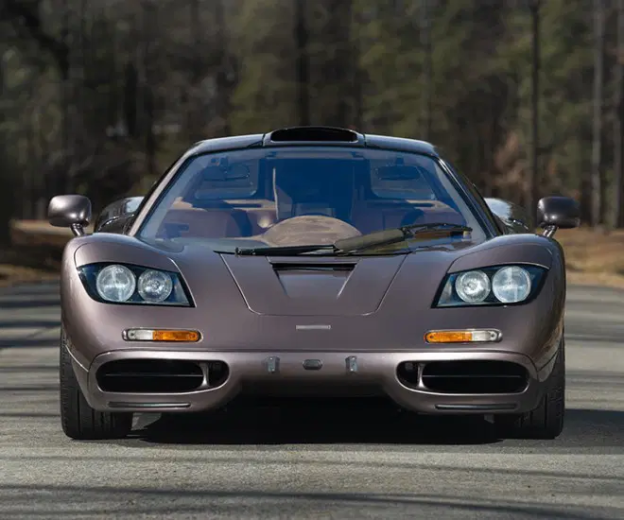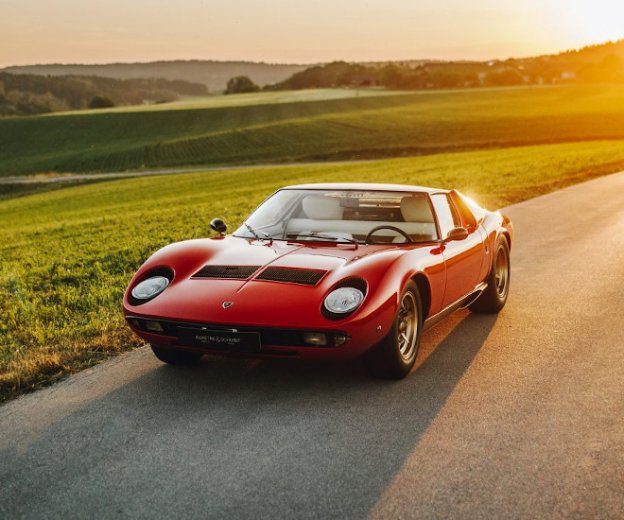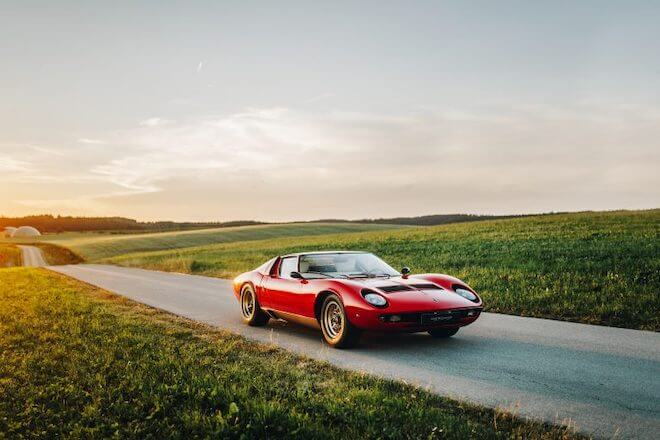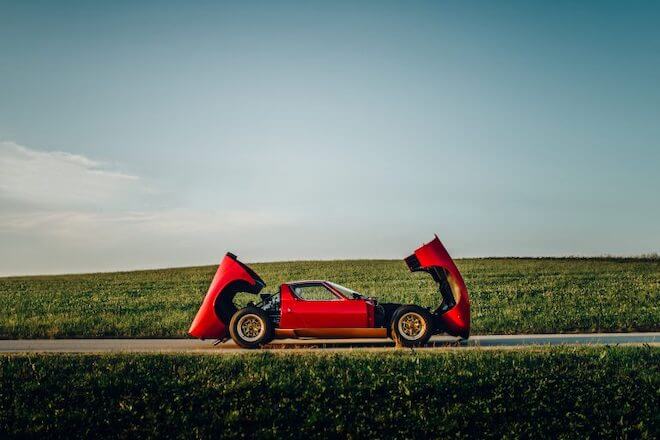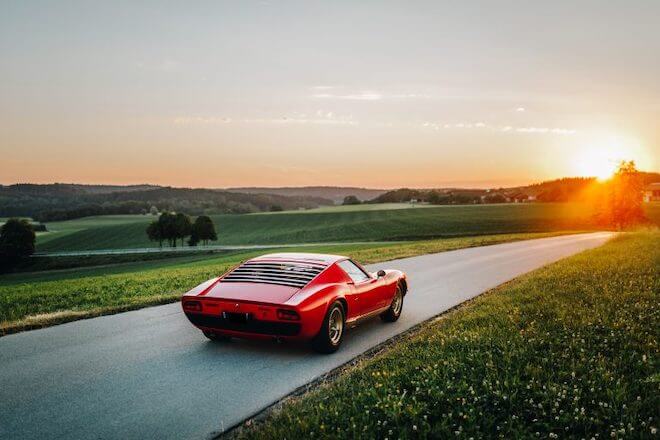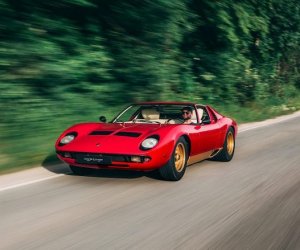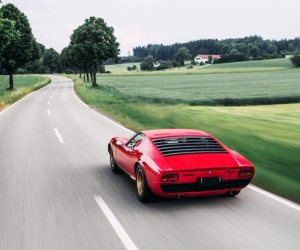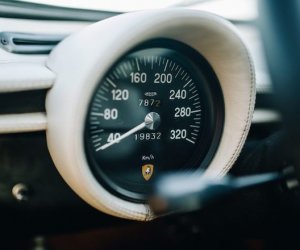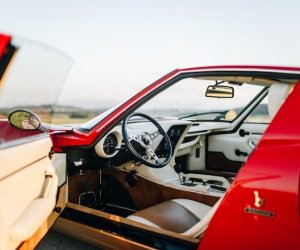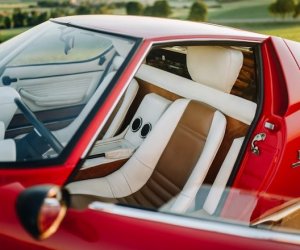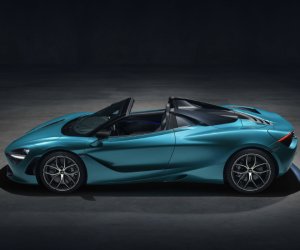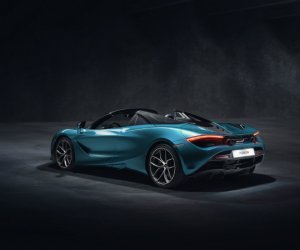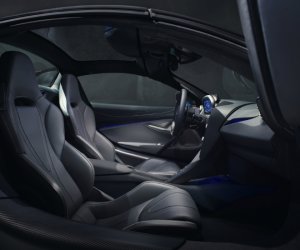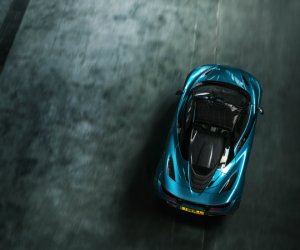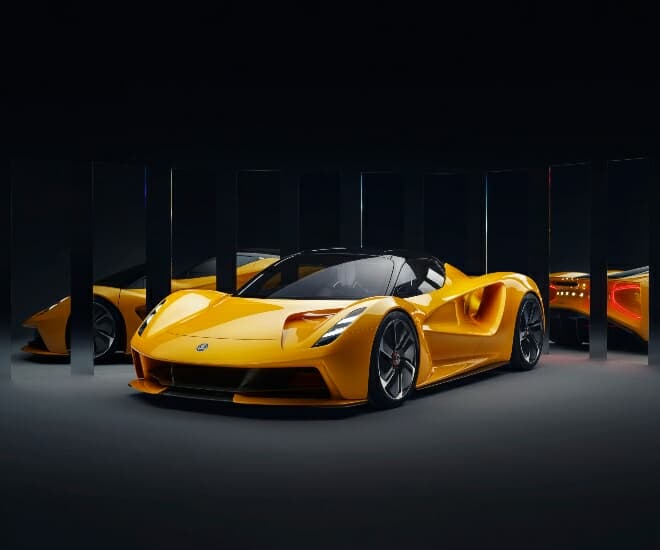
Luxury and electric vehicles are becoming intertwined as manufacturers like Rolls Royce, Bentley, Range Rover explore the drivetrain. These cars are here to stay and take their share of the luxury market.
In Singapore, the government has set an audacious goal of eliminating petrol vehicles by 2030. In order to help with the transition, a number of policies are gradually implemented such as providing rebates for early adoption, a revision of road taxes for qualifying vehicles and building more charging points to meet the foreseeable surge in demand for electric vehicles. Hence, seizing on the opportunity and planning ahead could potentially help you get a head start on your journey with “green” vehicles.
Manufacturers & Electric Cars
In the meantime, manufacturers are busy producing new electric cars to comply with the legislation worldwide that favour vehicles with lower CO2 emissions. They’re also electrifying the existing ranges. With that said, let’s take a peek at the best luxurious upcoming EVs in 2021.
Mercedes EQS 2022
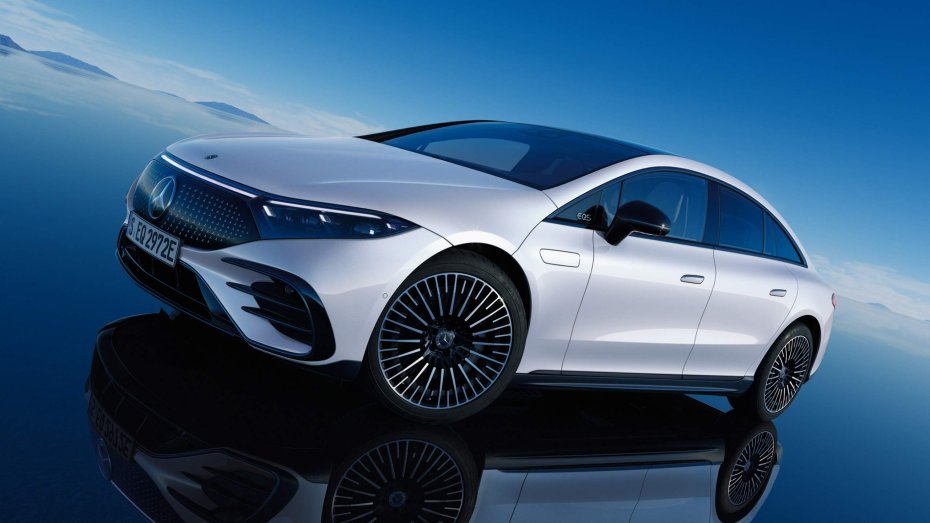
The Mercedes-Benz EQS, a part of Mercedes-Benz’s EQ range which consists of electric and hybrid models, is a luxury saloon and is a first of its kind for the brand. There are two types of trims available –EQS 450+ with a 245kW battery and a more powerful EQS 580 4MATIC version with 385kW and reaches 0-60mph (0-96 km) in 4.3s.
Besides being extremely quiet, the EQS is designed to feature superior aerodynamics, and up to 478-mile (770 km) range. The inside of the car looks like a futuristic spaceship with a long dashboard and a large infotainment screen.
Prices start with £80,000 (US$113,617).
Tesla Model S Plaid
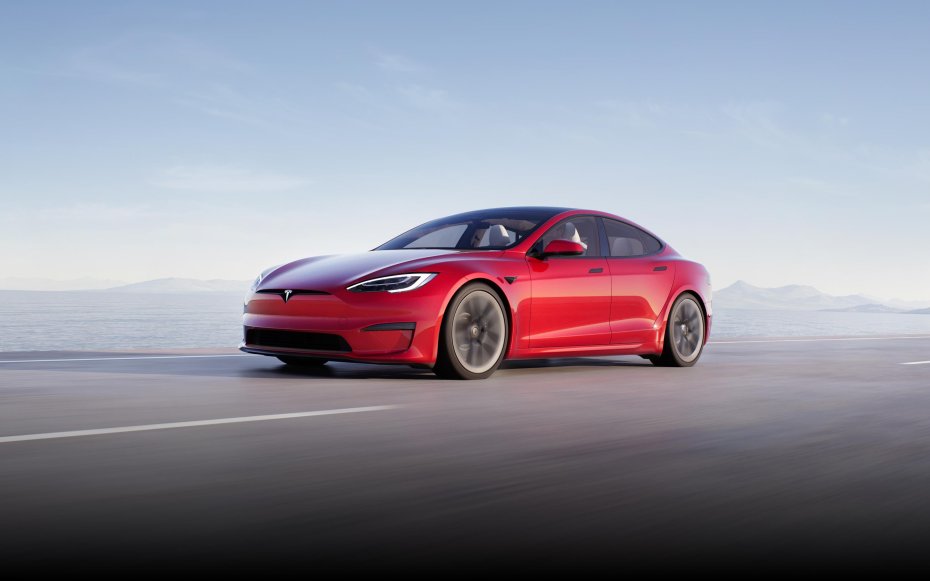
One of the most anticipated Tesla S models, S Plaid is a direct competitor to the Porsche Taycan. With a power of a face-melting 1,006bhp and a speed of 0-60mph in barely 1.9s, it is said to feature the quickest acceleration of any production vehicle ever.
With an estimate range of 396-miles (637 km) delivered by an all-new three-motor electric powertrain, the S Plaid can tackle city driving as well as longer weekend road trips. The S Plaid trim also features upgrades over the S model including new alloy wheels and a few exterior details, such as an added ducktail spoiler and improved space on board.
The price for Model S Plaid starts from £129,990 (US$184,550).
2022 Ford Mustang Mach-E

The Mach-E is a more affordable option with prices starting from £41,330 (US$58,404). It is the first electric SUV from Ford and is touted to have a range of up to 379-miles (609 km) and 0-62 mph in only 3.7s. It is available in two battery options either as an all-wheel or a rear-wheel drive.
As you’d expect, it’s equipped with all the modern car essentials – from intelligent parking systems and connectivity including cloud technology and FordPass app that allows remote locking, provides vehicle health alerts and much more.
2022 Lotus Evija
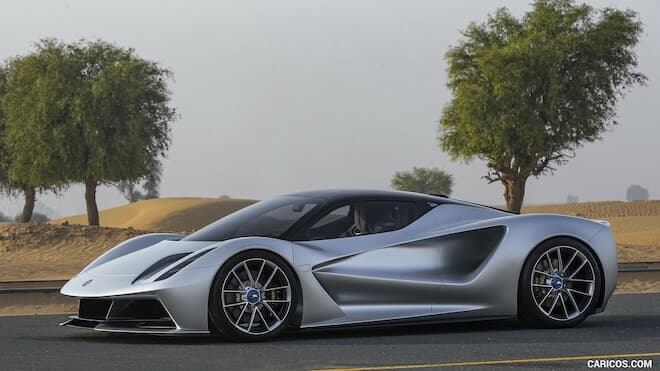
Evija is a fully-electric British hypercar and isn’t even street-legal in the USA and is also produced in extremely-limited numbers. Its power is the highest of all the EVs on the list, with a crazy 2000hp and is claimed by Lotus to be the most powerful car worldwide with a price starting from £2 million (US$2.8 million).
The exterior of this car is truly stunning with butterfly doors and racecar-like form, as well as sculpted outsides for improved aerodynamics. Inside is no less impressive, with an infotainment system using advanced gaming software and lightweight materials throughout the cabin.
2022 Kia EV6

Electric SUV, Kia EV6 is the newest addition to its electric galore. The range is pretty good with up to 316 miles without charging and 0-60mph in 3.5s.
With an all-electric powertrain and seats made from recycled PET plastic bottles, EV6 is a superb choice if you want an eco-friendly car without compromising on the design.
Additionally, it can tow up to 1600kg, so it’s fantastic for that family trips out during the summer.
Price start from £40,895 (US$58,082) for a default trim, while GT-line costs a bit more with the starting price of £43,895 (US$62,342). Deliveries in the UK start in October 2021 and will arrive in Singapore in 2022.
For more car reads, click here.
